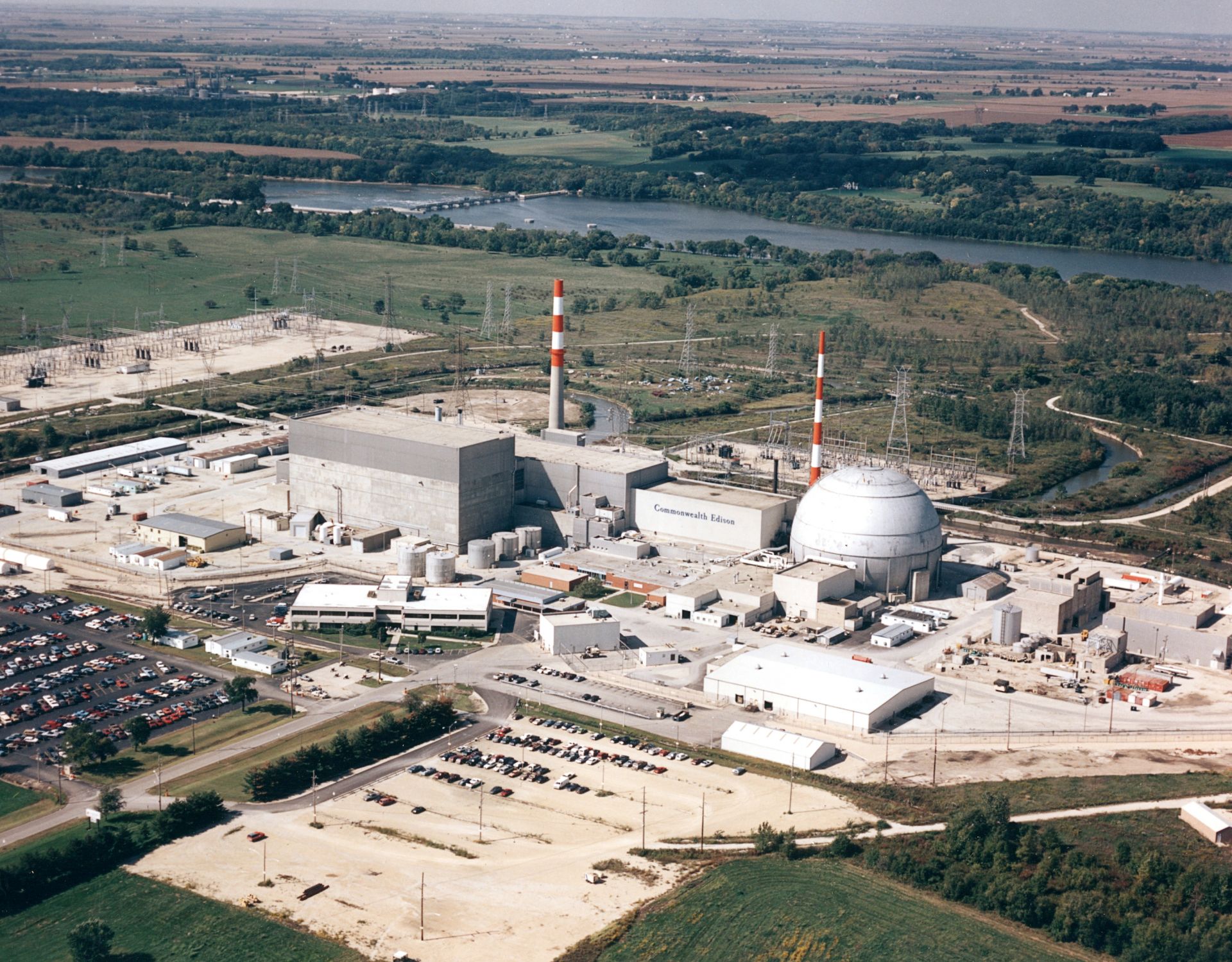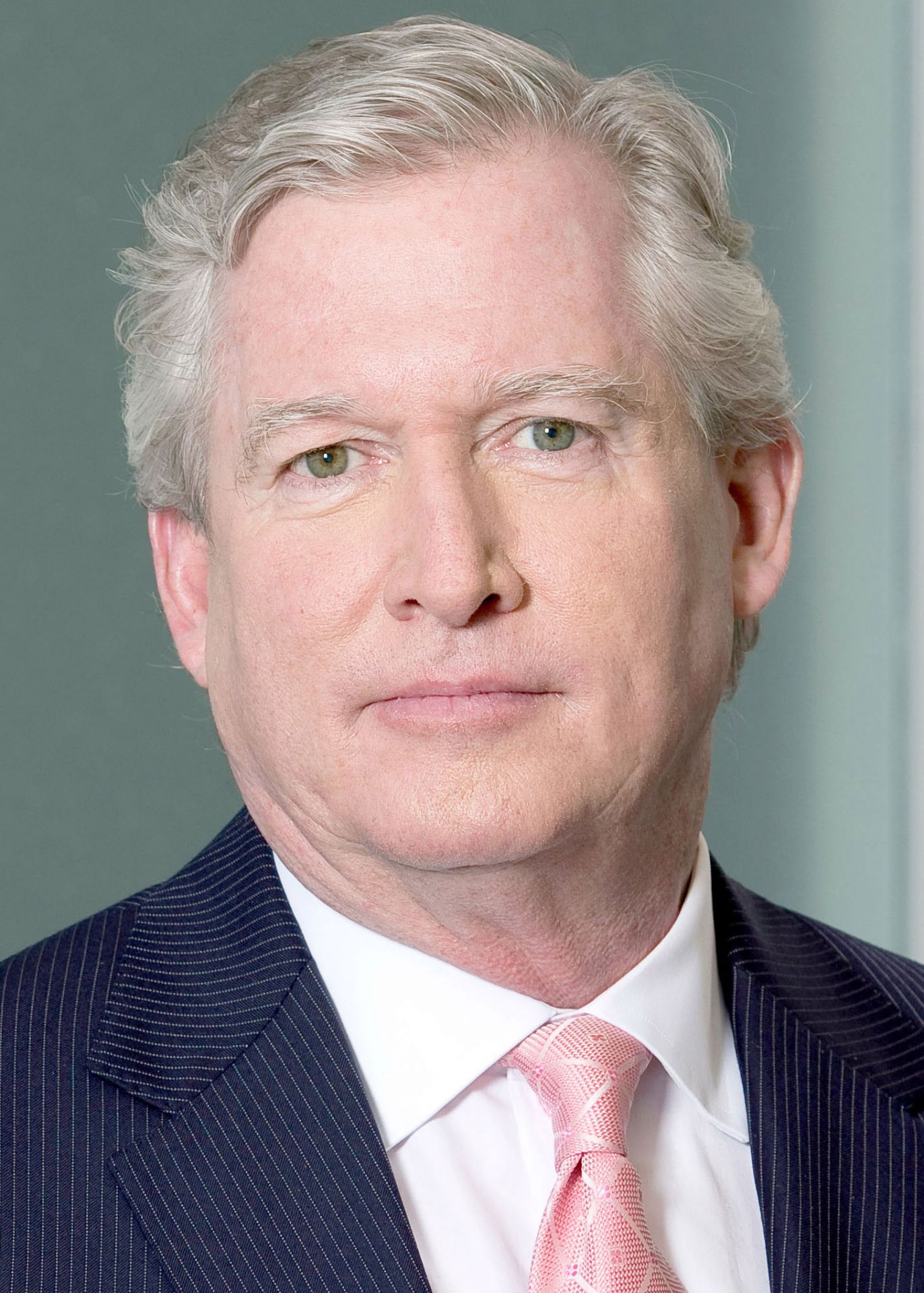Bulgarian prime minister Dimitar Glavchev, left, and acting energy minister Vladimir Malinov visited Kozloduy nuclear power plant, where Westinghouse is lined up to build two new reactors. (Photo: gov.bg)
Bulgarian officials have approved the transition to Westinghouse fuel at the nation's Kozloduy nuclear power plant, as Bulgaria moves away from its reliance on Russian supplies. The fuel was recently delivered for use in Unit 5.
Investment banking on higher demand for SMR and large nuclear reactors
BWX Technologies announced today plans to expand and add advanced manufacturing equipment to its manufacturing plant in Cambridge, Ontario, Canada.
A $36.3 million USD ($50M CAD) expansion will increase the plant’s size by 25 percent—to 280,000 square feet—and another $21.7 million USD ($30M CAD) will be spent on new equipment to increase and accelerate its output of large nuclear components. The investment will increase capacity and create more than 200 long-term jobs for skilled workers, engineers, and support staff, according to the company.
Catherine Cornand of Framatome and Chang Hee-Seung of KHNP (center) with Framatome and KHNP employees following the signing of the MOU. (Photo: Framatome)
Framatome and Korea Hydro & Nuclear Power (KHNP) have announced the signing of a memorandum of understanding to explore the possibility of producing the medical isotope lutetium-177 at KHNP’s Wolsong nuclear power plant in South Korea. The companies also will investigate the feasibility of using the plant to support Korean production of medical radioisotopes in the future.
A computer-generated rendering of the Sizewell site on the Suffolk coast. Sizewell A and B are to the left and center (respectively) in this image; the section to the right is the Sizewell C area. (Image: EDF Energy)
French nuclear developer Framatome is slated to deliver key equipment for Sizewell C Ltd.’s two large reactors planned for the United Kingdom’s Suffolk coast.
The agreement, reportedly worth multiple billions of euros, was announced this week and will involve Framatome from the design phase until commissioning. The company also agreed to a long-term fuel supply deal. Framatome is 80.5 percent owned by France’s EDF and 19.5 percent owned by Mitsubishi Heavy Industries.
Dresden nuclear power plant. (Photo: Constellation Energy)
Constellation Energy has filed with the Nuclear Regulatory Commission for a subsequent license renewal for its Dresden nuclear power plant in Illinois. The extension would allow Dresden to run through 2051.
The filing begins a comprehensive, multiyear review by the NRC. Unit 2 is currently licensed to operate through 2029 and Unit 3 through 2031. The facility’s license was first renewed by the NRC in 2004.
U.S. deputy secretary of energy David M. Turk (left) and Japan’s minister of education, sports, science, and technology Masahito Moriyama, in Washington, D.C. (Photo: DOE)
During a state visit to the White House by Japanese prime minister Fumio Kishida on April 10, the Department of Energy announced that U.S. and Japanese agencies had cooperated to remove all high-enriched uranium (HEU) from the Japan Materials Testing Reactor Critical Assembly (JMTRC) of the Japan Atomic Energy Agency (JAEA) two years ahead of schedule.
Fangchenggang nuclear power plant in Guangxi. (Photo: CGN)
China’s second demonstration reactor—Fangchenggang Unit 4—connected to the grid on April 9, China General Nuclear Power Group has announced. Located in the autonomous region of Guangxi, the reactor achieved first criticality April 3.
Methane emissions from cows are surprisingly important as a greenhouse gas. (Photo: Martin Abegglen)
In discussing how to counter global warming, it’s pretty easy to argue that nuclear should be the major electricity source and heat producer to replace fossil fuels. At 6 grams per kilowatt-hour, it has the lowest carbon emissions of any energy source, according to the United Nations, and is objectively the safest form of energy for humans and the environment alike, again from a recent UN report.
The NS Savannah. (Photo: NS Savannah Association)
The Nuclear Regulatory Commission will hold a public meeting on May 8 to discuss the license termination process for the retired nuclear-powered merchant ship, the NS Savannah. During the meeting, NRC staff will discuss the license termination process and receive public comments on the remaining cleanup activities described in the license termination plan for the historic ship, which may see a second life as a floating museum.
ANEEL fuel experiment capsules being staged at the ATR. (Photo: Clean Core)
Clean Core Thorium Energy (Clean Core) has announced that its ANEEL fuel is ready to begin irradiation testing and qualification at Idaho National Laboratory. The fuel, made of thorium and HALEU, was developed by Clean Core for use in pressurized heavy water reactors, including CANDU (Canadian deuterium-uranium) reactors. Irradiation of the fuel samples in INL’s Advanced Test Reactor (ATR) is set to begin this month.
Virtual option available
Palisades nuclear power plant. (Photo: NRECA)
Nuclear Regulatory Commission staff will host a public information meeting on Wednesday, April 17, to discuss plans for repowering the shuttered Palisades nuclear plant in Michigan.
A rendering of the Natrium plant. (Image: Terrapower)
TerraPower’s application to build its Natrium nuclear power plant near Kemmerer, Wyo., is available for public viewing on the Nuclear Regulatory Commission website.
A concept image of NASA’s Fission Surface Power Project. (Image: NASA)
Imagine what our world would be like today without the benefits of electric energy. Think of the inventions and technologies that never would have been. Think of a world without power grids and the electricity that makes them run. Without this power, we’d find it difficult to maintain our industrial and manufacturing bases or enable advancements in the fields of medicine, communications, and computing.
Now consider the moon, our closest celestial neighbor about which we still know so little, waiting for modern-day explorers in spacesuits to unveil its secrets. Lunar exploration and a future lunar economy require reliable, long-lasting, clean sources of power. Nuclear fission answers that call. When assessing the application of nuclear power in space, three Ps should be considered: the present, the potential, and the partnerships.
















